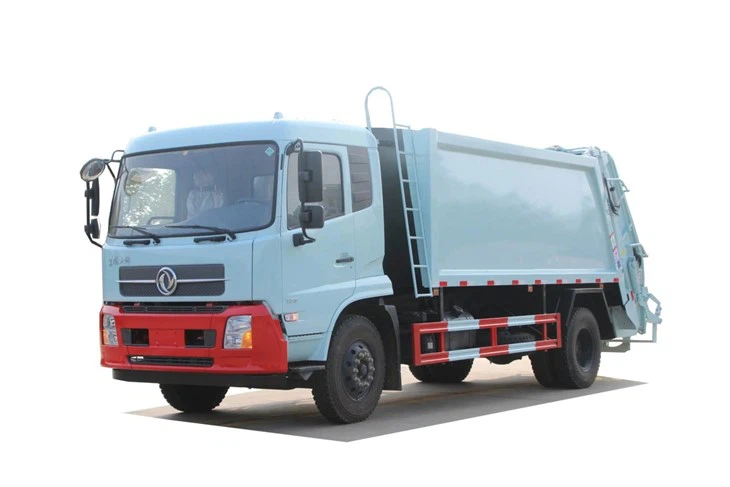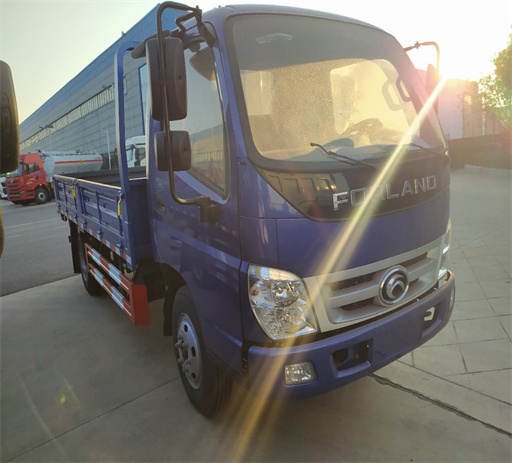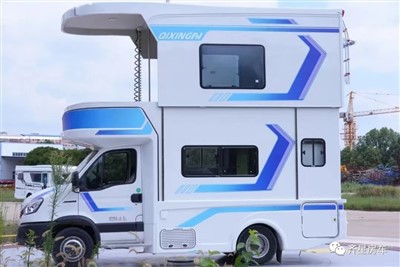Everything You Need to Know About Big Front Loaders

Introduction
Big front loaders are heavy machinery used primarily in construction, landscaping, and mining industries. These powerful machines are designed for lifting, loading, and transporting materials like gravel, sand, and debris. Capable of handling a wide variety of tasks, big front loaders boost productivity, making them an essential piece of equipment on job sites. This article covers everything you need to know about big front loaders, including their types, features, applications, and tips for choosing the right one for your needs.
What is a Big Front Loader?
A big front loader is a type of wheeled or tracked loader characterized by its large front-mounted bucket. These machines are versatile and can be equipped with various attachments, enabling them to perform a multitude of tasks, from digging and lifting to pushing and grading. Their design maximizes efficiency and power, allowing operators to tackle heavy loads with ease.
Types of Big Front Loaders
Wheeled Front Loaders
Wheeled front loaders are equipped with large tires that provide good mobility on uneven terrains. They are primarily used on construction sites and in agricultural applications. These loaders excel at dirt moving, leveling, and material handling.
Tracked Front Loaders
Tracked front loaders use tracks instead of wheels, providing better stability and traction on soft or muddy surfaces. These loaders are ideal for forestry work and rugged landscapes where mobility might be limited.
Compact Front Loaders
Compact front loaders are smaller but powerful machines designed for urban and residential areas. With their reduced size, they can fit in tight spaces while offering excellent performance for light to medium duties.
Key Features of Big Front Loaders
Hydraulic Systems
The hydraulic system in big front loaders allows for smooth operation of the bucket and other attachments. Hydraulic power assists in lifting and lowering heavy loads efficiently.
Bucket Capacity
Bucket capacity is a key consideration when selecting a big front loader. Large buckets can hold more material, which increases productivity but may affect maneuverability.
Operator Comfort
Modern big front loaders come with comfortable cabs that offer ergonomically designed seats, climate control, and advanced visibility features. A comfortable operator can work more efficiently, leading to better outcomes on job sites.
Applications of Big Front Loaders
Construction Sites
On construction sites, big front loaders are invaluable for moving materials such as concrete, bricks, gravel, and sand. They assist in preparing sites for building and loading debris for disposal.
Agriculture
In agriculture, big front loaders are used for tasks like loading feed, moving bales, and transporting equipment. Their versatility makes them a useful tool for farmers and ranchers.
Mining Industry
Mining operations heavily rely on big front loaders for extracting minerals and transporting materials. Their ability to handle large quantities of heavy materials makes them essential in this field.
Choosing the Right Big Front Loader
Consider Your Needs
When selecting a big front loader, the first step is to assess your specific needs. Evaluate the types of materials you’ll be handling, the size of your job site, and your budget. Understanding your requirements will help you narrow down your options.
Evaluate Performance Specifications
Look for performance specifications such as lifting capacity, bucket size, and engine power. Make sure the loader can handle the demands of your operations efficiently.
Read Reviews and Comparisons

Take time to read reviews from other users and compare different models. Online forums, user reviews, and expert articles can offer valuable insights into the performance and reliability of various big front loaders.
Maintenance Tips for Big Front Loaders
Regular Inspections
Conduct regular inspections to identify any wear and tear on parts. Check for leaks in the hydraulic system, wear on tires or tracks, and the condition of the bucket.
Fluid Changes
Regularly change hydraulic fluid, engine oil, and coolant according to the manufacturer’s recommendations. Keeping fluid levels in check will prolong the life of your loader.
Keep It Clean
Keeping your big front loader clean is crucial for maintaining its performance. Regular washing and greasing of moving parts can prevent rust and corrosion.
Examples of Popular Big Front Loaders
| Model | Bucket Capacity (Cubic Yards) | Engine Power (HP) | Weight (lbs) |
|---|---|---|---|
| John Deere 624L | 2.4 | 90 | 15,000 |
| Caterpillar 950M | 3.0 | 200 | 24,000 |
| Case 570N EP | 1.7 | 75 | 10,500 |
Safety Practices When Operating Big Front Loaders
Operator Training
Operators must undergo proper training to handle big front loaders safely. Understanding machine controls and safety protocols is essential to prevent accidents.
Wear Protective Gear
Always wear protective gear such as hard hats, gloves, and safety goggles while operating heavy machinery. Protection can minimize the risk of injury in the event of an accident.
Follow Manufacturer Guidelines
Always adhere to the manufacturer’s guidelines when operating and maintaining the loader. This ensures maximum efficiency and safety during operation.
Future Trends in Big Front Loader Technology
Automation and Robotics
The future of big front loaders may see advancements in automation and robotics, allowing for remote operation and enhanced precision in loading and hauling processes.
Electric Loaders
As industries move towards sustainability, electric big front loaders are emerging as a clean alternative. These machines reduce emissions and operating costs while maintaining performance.
Smart Technology Integration

Integration of smart technologies, such as GPS and telematics, will revolutionize how operators monitor performance and conduct maintenance, enhancing overall efficiency.
FAQ Section
1. What is the average cost of a big front loader?
The average cost of a new big front loader can range from $50,000 to $500,000, depending on the size and features. Used models can be significantly less expensive.
2. How do I maintain a big front loader?
Regular maintenance includes fluid changes, parts inspections, and cleanliness. Consult the owner’s manual for specific maintenance schedules and requirements.
3. What is the difference between wheeled and tracked front loaders?
The main difference is in their mobility and stability. Wheeled front loaders are better for paved and solid surfaces, while tracked front loaders offer better traction on soft or uneven ground.
4. Can big front loaders be used in residential areas?
Yes, but compact front loaders are typically preferred for residential areas due to their size, efficiency, and ease of maneuverability in tight spaces.

5. What attachments can be used with big front loaders?
Common attachments include forks, grapples, bail spears, and various types of buckets, allowing front loaders to perform many tasks beyond simple lifting and moving.
6. Are big front loaders fuel-efficient?
Fuel efficiency varies by model and operation. Newer models often feature advanced engines designed to be more fuel-efficient while delivering higher performance.
